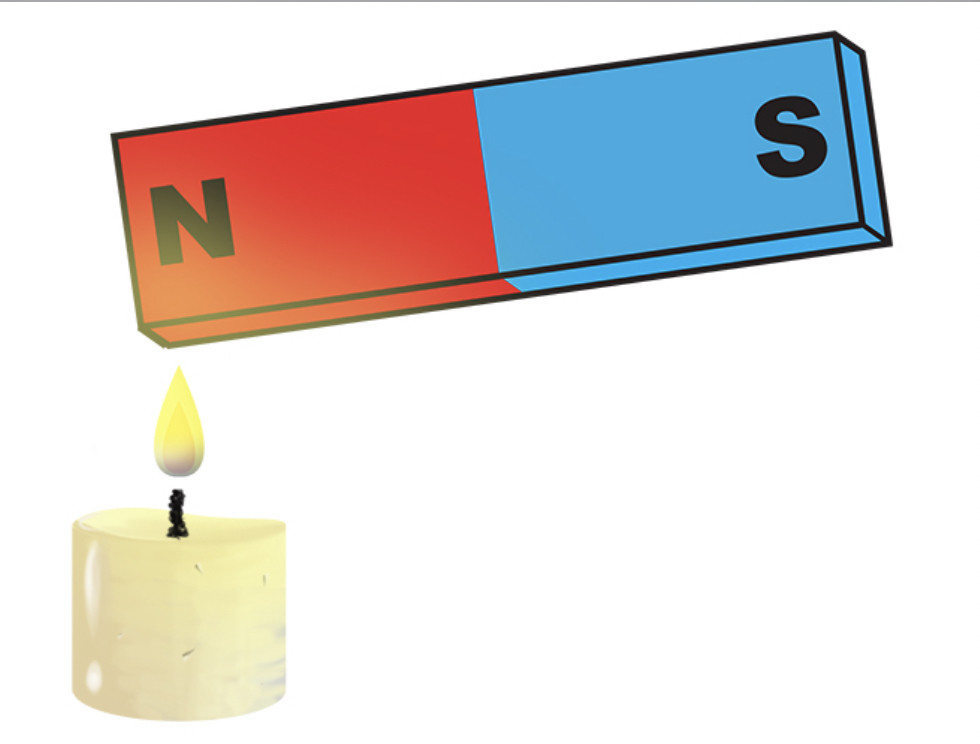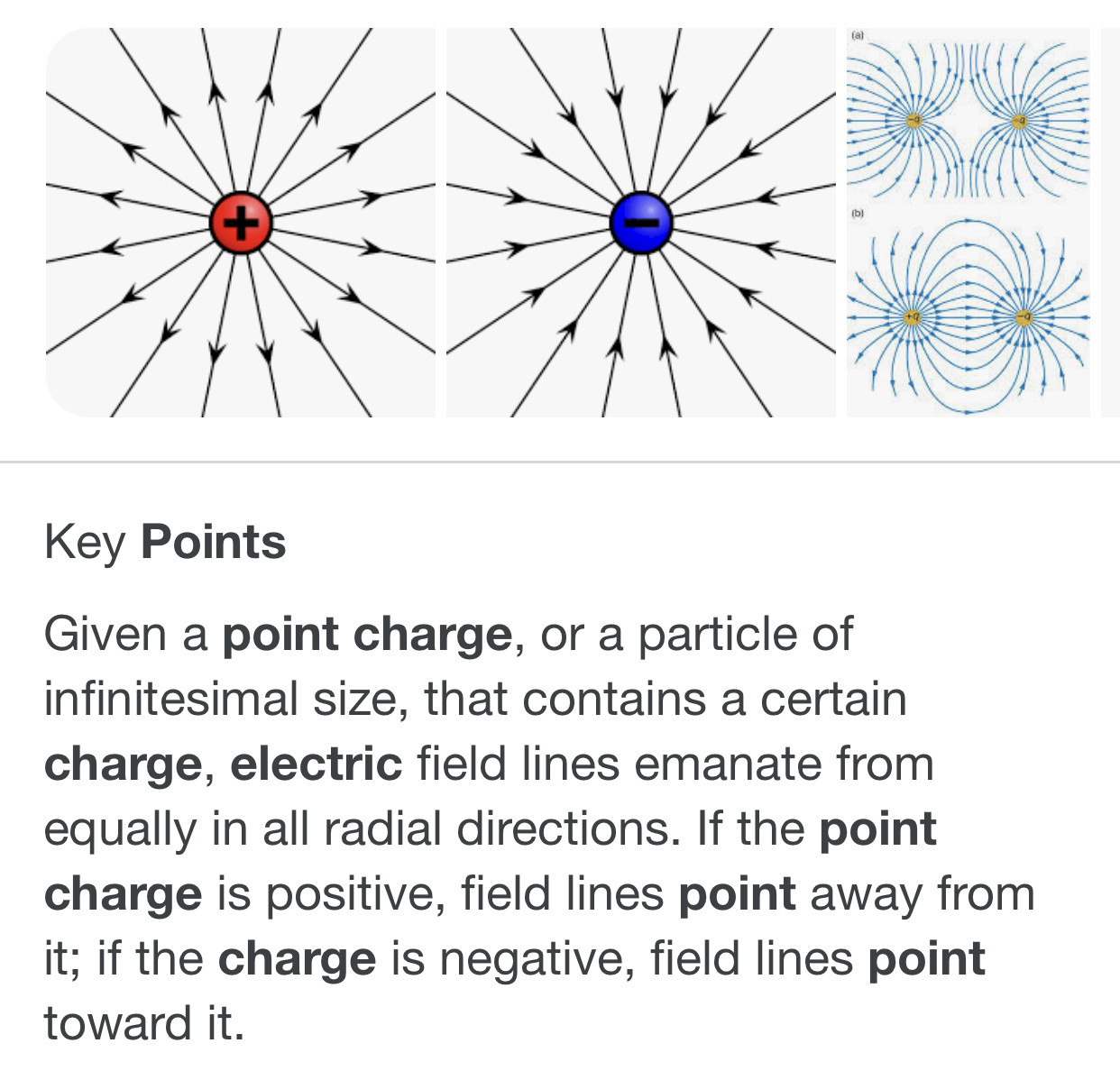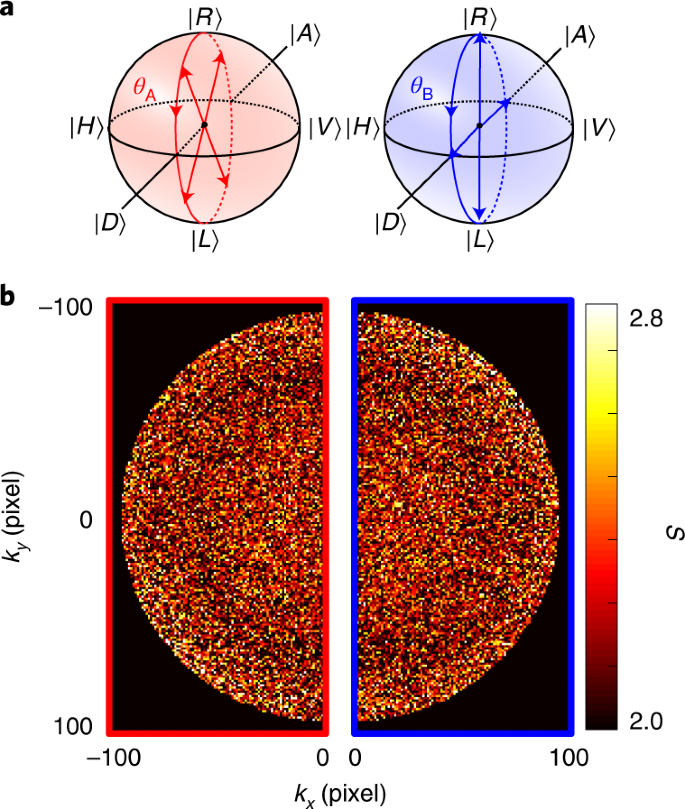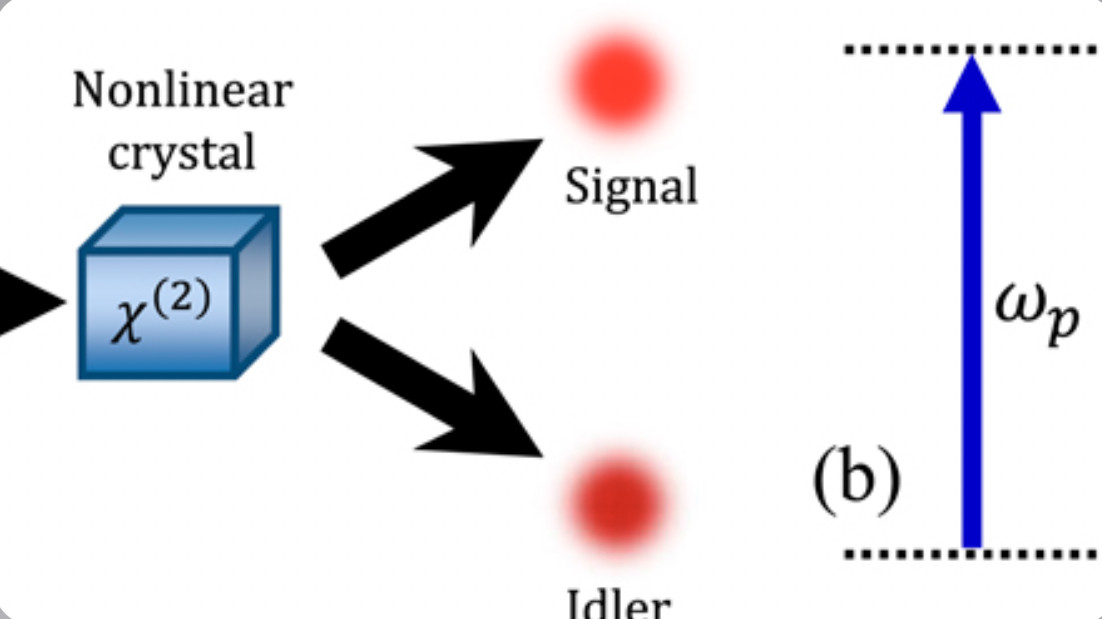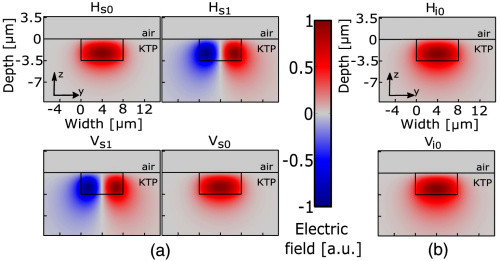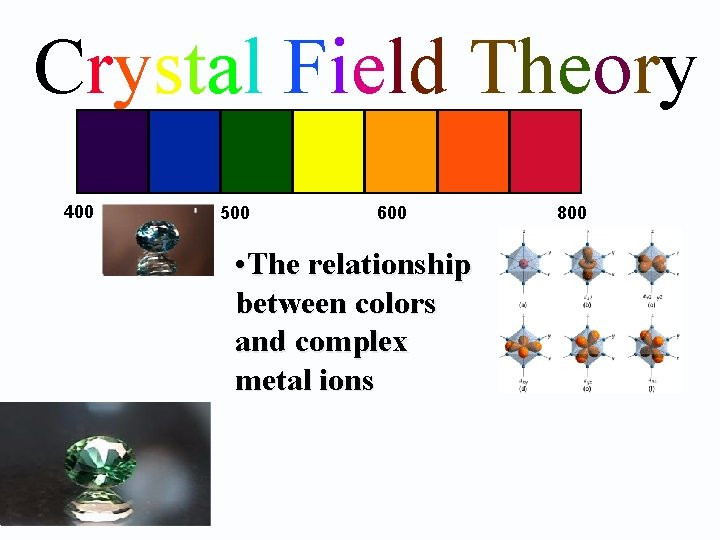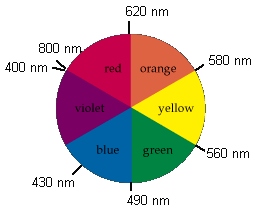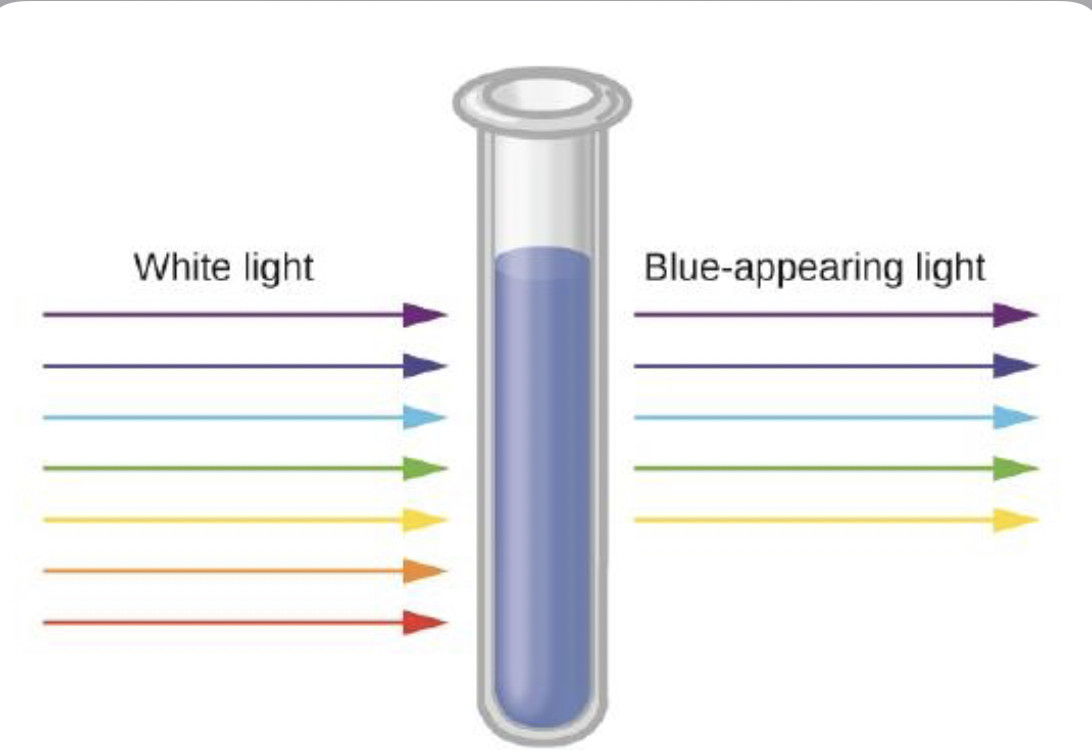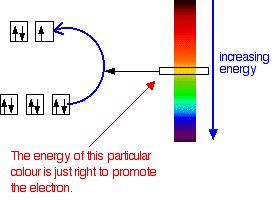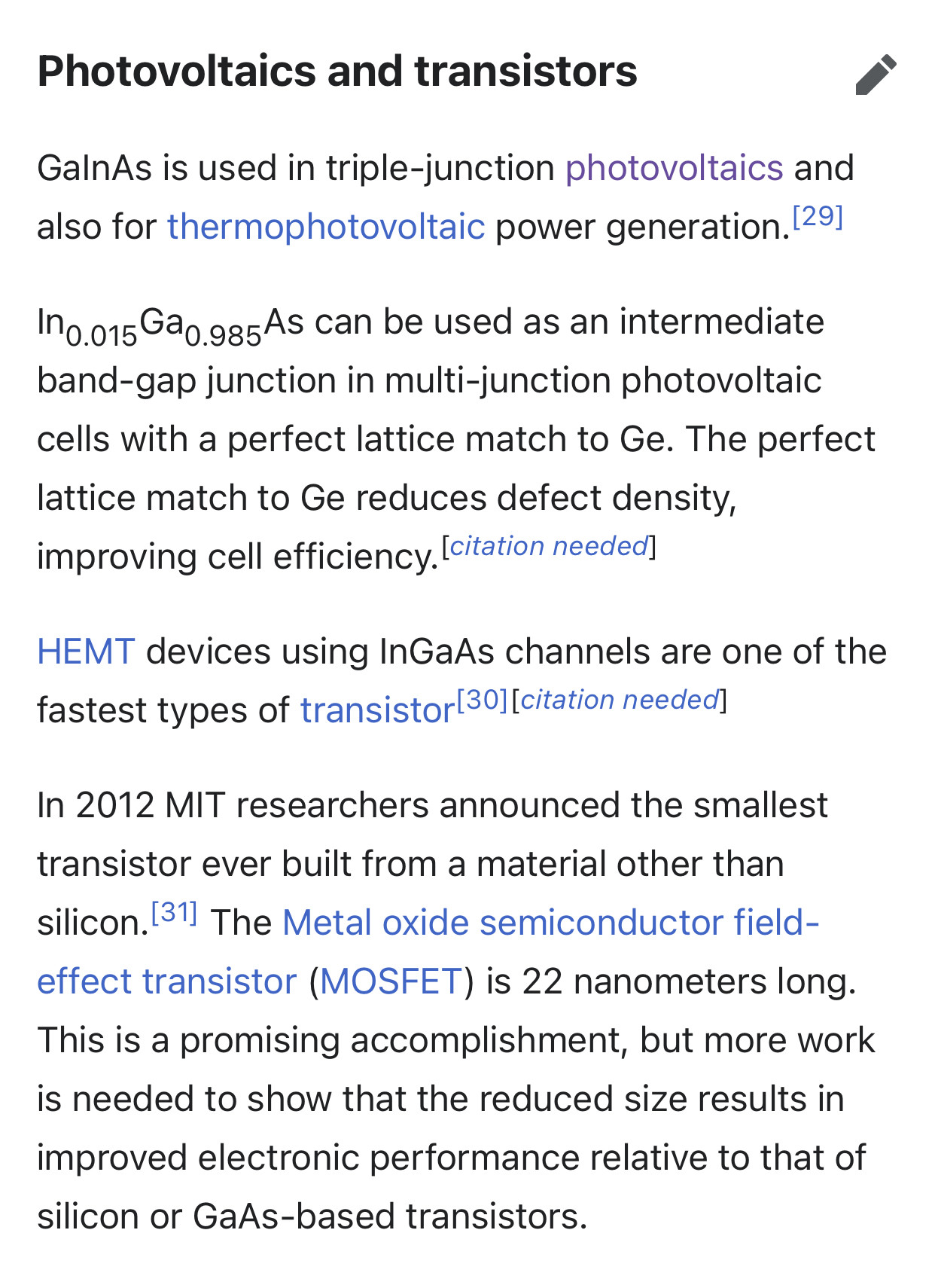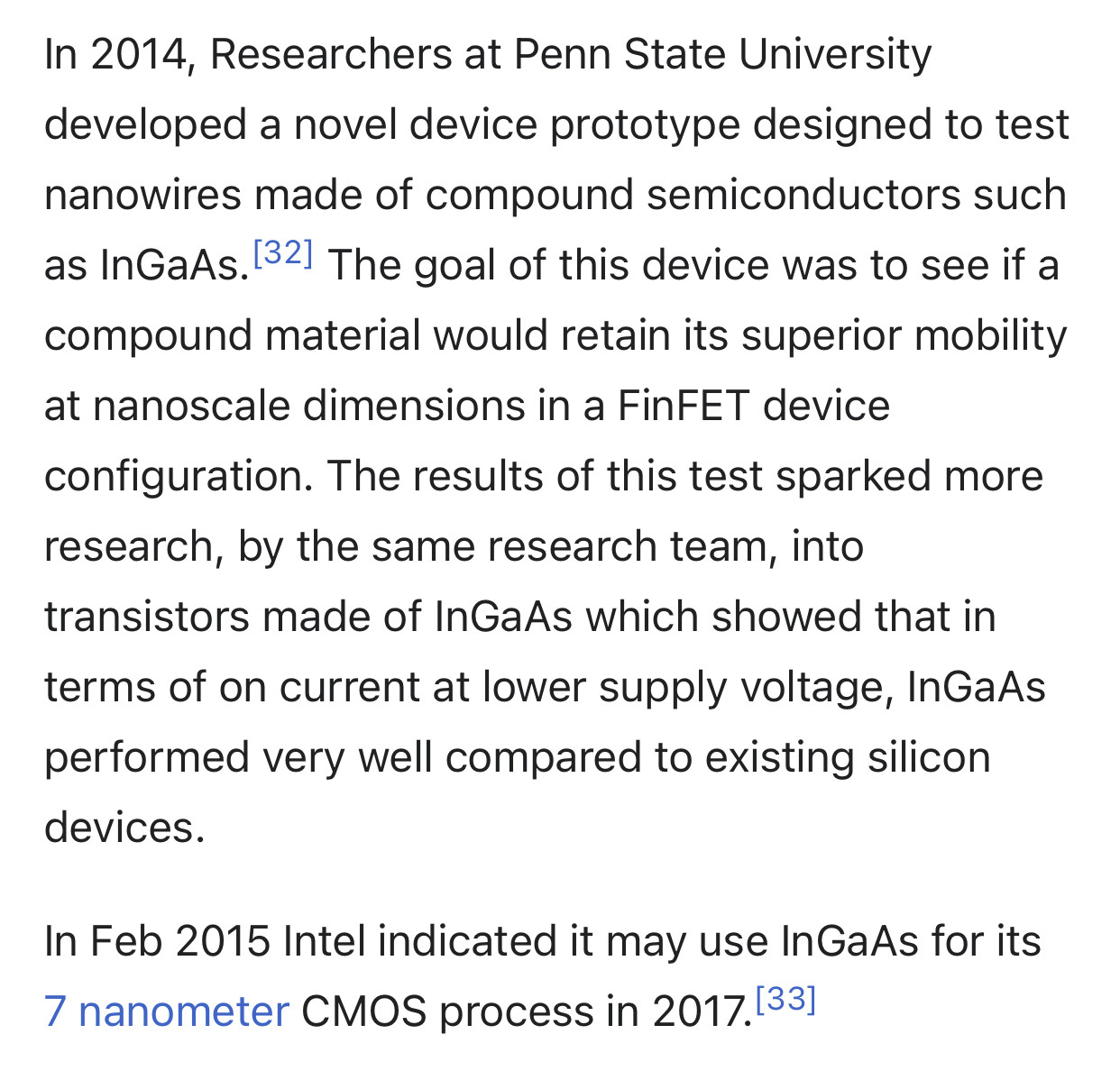The Mac
@TheMac
27 May, 07:23
An ideal Fermi gas is a state of matter which is an ensemble of many non-interacting fermions. Fermions are particles that obey Fermi–Dirac statistics, like electrons, protons, and neutrons, and, in general, particles with half-integer spin. These statistics determine the energy distribution of fermions in a Fermi gas in thermal equilibrium, and is characterized by their number density, temperature, and the set of available energy states. The model is named after the Italian physicist Enrico Fermi.
This physical model can be accurately applied to many systems with many fermions. Some key examples are the behaviour of charge carriers in a metal, nucleons in an atomic nucleus, neutrons in a neutron star, and electrons in a white dwarf.
This physical model can be accurately applied to many systems with many fermions. Some key examples are the behaviour of charge carriers in a metal, nucleons in an atomic nucleus, neutrons in a neutron star, and electrons in a white dwarf.
Notice: Undefined index: tg1tga_access in /home/admin/www/anonup.com/themes/default/apps/timeline/post.phtml on line 396
katerina_kat QZ Ventouri
@KaterinaQuark
27 May, 11:45
In response The Mac to his Publication
I would like to ask you, if you want to tell me? in the corona of the sun eclipses are created by the hydrogen of the sun which is approved by the high temperature and they become plasma?
Notice: Undefined index: tg1tga_access in /home/admin/www/anonup.com/themes/default/apps/timeline/post.phtml on line 396
The Mac
@TheMac
27 May, 12:18
In response katerina_kat QZ Ventouri to his Publication
NASA: Physically, the chromosphere begins near the surface of the photosphere with a temperature near 4700 Celsius and a density of 1017 particles/cm3 (2x10-4 kg/m3), and at its highest level reaches a temperature near 25,000 Celsius and a lower density of 1010 particles/cm3 (2x10-11 kg/m3). But rather than being just a homogenous shell of plasma, it resembles the troposphere of our own planet Earth with complex storms and other phenomena roiling its volume from minute to minute.
Notice: Undefined index: tg1tga_access in /home/admin/www/anonup.com/themes/default/apps/timeline/post.phtml on line 396
The Mac
@TheMac
27 May, 12:18
In response The Mac to his Publication
The reason for this is that the magnetic fields formed at or below the surface of the photosphere are not confined to the solar surface, but extend through-out the chromosphere. Magnetic arcs, prominences and other carpets of magnetic activity repeatedly form and dissolve, releasing energy and stirring up the chromospheric plasma. Solar physicists call the chromosphere and the narrow region above it the solar ‘interface region’. It is a complex zone of plasma and magnetic field, which transmits matter and energy between the photosphere and the corona.
Notice: Undefined index: tg1tga_access in /home/admin/www/anonup.com/themes/default/apps/timeline/post.phtml on line 396
The Mac
@TheMac
27 May, 12:19
In response The Mac to his Publication
"magnetic activity repeatedly form and dissolve, releasing energy and stirring up the chromospheric plasma."
Notice: Undefined index: tg1tga_access in /home/admin/www/anonup.com/themes/default/apps/timeline/post.phtml on line 396
The Mac
@TheMac
27 May, 12:20
In response The Mac to his Publication
"with a temperature near 4700 Celsius"
Notice: Undefined index: tg1tga_access in /home/admin/www/anonup.com/themes/default/apps/timeline/post.phtml on line 396
The Mac
@TheMac
27 May, 12:22
In response The Mac to his Publication
At around 80 °C, a magnet will lose its magnetism and it will become demagnetized permanently if exposed to this temperature for a period, or if heated above their Curie temperature. Heat the magnet even more, and it will melt, and eventually vaporize.
Notice: Undefined index: tg1tga_access in /home/admin/www/anonup.com/themes/default/apps/timeline/post.phtml on line 396
The Mac
@TheMac
27 May, 12:24
In response The Mac to his Publication
Note: A dipole is a separation of opposite electrical charges. A dipole is quantified by its dipole moment (μ). A dipole moment is the distance between charges multiplied by the charge. ... The distance separating opposite electrical charges also affects the magnitude of the dipole moment.
Notice: Undefined index: tg1tga_access in /home/admin/www/anonup.com/themes/default/apps/timeline/post.phtml on line 396
The Mac
@TheMac
27 May, 12:26
In response The Mac to his Publication
In classical physics, the magnetic field of a dipole is calculated as the limit of either a current loop or a pair of charges as the source shrinks to a point while keeping the magnetic moment m constant. For the current loop, this limit is most easily derived from the vector potential.
Notice: Undefined index: tg1tga_access in /home/admin/www/anonup.com/themes/default/apps/timeline/post.phtml on line 396
The Mac
@TheMac
27 May, 12:32
In response The Mac to his Publication
Since atoms are surrounded by moving electrons, most of them act like little magnets themselves. ... All magnets have both a north and a south pole, which classifies them as dipoles. It is impossible to create a magnet with only one pole. Similar poles always repel each other, and opposite poles always attract.
Notice: Undefined index: tg1tga_access in /home/admin/www/anonup.com/themes/default/apps/timeline/post.phtml on line 396
The Mac
@TheMac
27 May, 12:35
In response The Mac to his Publication
Notice: Undefined index: tg1tga_access in /home/admin/www/anonup.com/themes/default/apps/timeline/post.phtml on line 396
The Mac
@TheMac
27 May, 12:36
In response The Mac to his Publication
An electric dipole deals with the separation of the positive and negative charges found in any electromagnetic system. A simple example of this system is a pair of electric charges of equal magnitude but opposite sign separated by some typically small distance. (A permanent electric dipole is called an electret.)
Notice: Undefined index: tg1tga_access in /home/admin/www/anonup.com/themes/default/apps/timeline/post.phtml on line 396
The Mac
@TheMac
27 May, 12:38
In response The Mac to his Publication
In Summary. The dipole magnets are used to bend the path of the electrons as they travel around the ring. Charged particles travelling in a magnetic field change direction. The stronger the current applied to the electromagnets, the more the electron beam is bent.
Notice: Undefined index: tg1tga_access in /home/admin/www/anonup.com/themes/default/apps/timeline/post.phtml on line 396
The Mac
@TheMac
27 May, 12:39
In response The Mac to his Publication
An ideal dipole consists of two opposite charges with infinitesimal separation. ... A key point is that the potential of the dipole falls off faster with distance R than that of the point charge.
Notice: Undefined index: tg1tga_access in /home/admin/www/anonup.com/themes/default/apps/timeline/post.phtml on line 396
The Mac
@TheMac
27 May, 12:40
In response The Mac to his Publication
The dipole consists of two point electric charges of opposite polarity
Notice: Undefined index: tg1tga_access in /home/admin/www/anonup.com/themes/default/apps/timeline/post.phtml on line 396
The Mac
@TheMac
27 May, 12:45
In response The Mac to his Publication
Notice: Undefined index: tg1tga_access in /home/admin/www/anonup.com/themes/default/apps/timeline/post.phtml on line 396
The Mac
@TheMac
27 May, 12:47
In response The Mac to his Publication
Negative affect is a broad concept that can be summarized as feelings of emotional distress (Watson, Clark, & Tellegen, 1988); more specifically, it is a construct that is defined by the common variance between anxiety, sadness, fear, anger, guilt and shame, irritability, and other unpleasant emotions.
Notice: Undefined index: tg1tga_access in /home/admin/www/anonup.com/themes/default/apps/timeline/post.phtml on line 396
The Mac
@TheMac
27 May, 12:48
In response The Mac to his Publication
overshadow.
verb. to be a negative feature or influence that spoils something.
verb. to be a negative feature or influence that spoils something.
Notice: Undefined index: tg1tga_access in /home/admin/www/anonup.com/themes/default/apps/timeline/post.phtml on line 396
The Mac
@TheMac
27 May, 12:50
In response The Mac to his Publication
deprive (someone or something) of significance or power.
Notice: Undefined index: tg1tga_access in /home/admin/www/anonup.com/themes/default/apps/timeline/post.phtml on line 396
The Mac
@TheMac
27 May, 12:51
In response The Mac to his Publication
an obscuring of the light from one celestial body by the passage of another between it and the observer or between it and its source of illumination.
Notice: Undefined index: tg1tga_access in /home/admin/www/anonup.com/themes/default/apps/timeline/post.phtml on line 396
The Mac
@TheMac
27 May, 12:51
In response The Mac to his Publication
a loss of significance or power in relation to another person or thing.
Notice: Undefined index: tg1tga_access in /home/admin/www/anonup.com/themes/default/apps/timeline/post.phtml on line 396
The Mac
@TheMac
27 May, 12:52
In response The Mac to his Publication
outshine
overshadow
put in the shade
surpass
exceed
excel
be superior to
outclass
outstrip
outdistance
outdo
top
cap
trump
transcend
tower above/over
dwarf
upstage
shame
put to shame
be head and shoulders above
be a cut above
extinguish
outrival
overshadow
put in the shade
surpass
exceed
excel
be superior to
outclass
outstrip
outdistance
outdo
top
cap
trump
transcend
tower above/over
dwarf
upstage
shame
put to shame
be head and shoulders above
be a cut above
extinguish
outrival
Notice: Undefined index: tg1tga_access in /home/admin/www/anonup.com/themes/default/apps/timeline/post.phtml on line 396
The Mac
@TheMac
27 May, 12:53
In response The Mac to his Publication
"a sea of blue sky violently eclipsed by showers"
Notice: Undefined index: tg1tga_access in /home/admin/www/anonup.com/themes/default/apps/timeline/post.phtml on line 396
The Mac
@TheMac
27 May, 12:55
In response The Mac to his Publication
blot out
block
cover
obscure
veil
shroud
hide
conceal
obliterate
darken
dim
shade
cast a shadow over
occult
block
cover
obscure
veil
shroud
hide
conceal
obliterate
darken
dim
shade
cast a shadow over
occult
Notice: Undefined index: tg1tga_access in /home/admin/www/anonup.com/themes/default/apps/timeline/post.phtml on line 396
The Mac
@TheMac
27 May, 12:56
In response The Mac to his Publication
be eclipsed
Notice: Undefined index: tg1tga_access in /home/admin/www/anonup.com/themes/default/apps/timeline/post.phtml on line 396
The Mac
@TheMac
27 May, 12:59
In response The Mac to his Publication
Notice: Undefined index: tg1tga_access in /home/admin/www/anonup.com/themes/default/apps/timeline/post.phtml on line 396
The Mac
@TheMac
27 May, 01:00
In response The Mac to his Publication
Notice: Undefined index: tg1tga_access in /home/admin/www/anonup.com/themes/default/apps/timeline/post.phtml on line 396
The Mac
@TheMac
27 May, 01:03
In response The Mac to his Publication
Notice: Undefined index: tg1tga_access in /home/admin/www/anonup.com/themes/default/apps/timeline/post.phtml on line 396
The Mac
@TheMac
27 May, 01:08
In response The Mac to his Publication
Notice: Undefined index: tg1tga_access in /home/admin/www/anonup.com/themes/default/apps/timeline/post.phtml on line 396
The Mac
@TheMac
27 May, 01:09
In response The Mac to his Publication
Notice: Undefined index: tg1tga_access in /home/admin/www/anonup.com/themes/default/apps/timeline/post.phtml on line 396
The Mac
@TheMac
27 May, 01:09
In response The Mac to his Publication
Notice: Undefined index: tg1tga_access in /home/admin/www/anonup.com/themes/default/apps/timeline/post.phtml on line 396
The Mac
@TheMac
27 May, 01:10
In response The Mac to his Publication
Notice: Undefined index: tg1tga_access in /home/admin/www/anonup.com/themes/default/apps/timeline/post.phtml on line 396
The Mac
@TheMac
27 May, 01:10
In response The Mac to his Publication
Notice: Undefined index: tg1tga_access in /home/admin/www/anonup.com/themes/default/apps/timeline/post.phtml on line 396
The Mac
@TheMac
27 May, 01:12
In response The Mac to his Publication
Notice: Undefined index: tg1tga_access in /home/admin/www/anonup.com/themes/default/apps/timeline/post.phtml on line 396
The Mac
@TheMac
27 May, 01:14
In response The Mac to his Publication
Notice: Undefined index: tg1tga_access in /home/admin/www/anonup.com/themes/default/apps/timeline/post.phtml on line 396
The Mac
@TheMac
27 May, 01:15
In response The Mac to his Publication
Electron promotion is when an electron absorbs a photon to jump from a low energy level orbital to a higher energy orbital, hence “promotion.” This can only happen if the photon energy matches the energy difference of the orbitals.
Notice: Undefined index: tg1tga_access in /home/admin/www/anonup.com/themes/default/apps/timeline/post.phtml on line 396
The Mac
@TheMac
27 May, 01:19
In response The Mac to his Publication
In quantum mechanics, an excited state of a system (such as an atom, molecule or nucleus) is any quantum state of the system that has a higher energy than the ground state (that is, more energy than the absolute minimum). Excitation is an elevation in energy level above an arbitrary baseline energy state. In physics there is a specific technical definition for energy level which is often associated with an atom being raised to an excited state.[citation needed][definition needed] The temperature of a group of particles is indicative of the level of excitation (with the notable exception of systems that exhibit negative temperature).
Notice: Undefined index: tg1tga_access in /home/admin/www/anonup.com/themes/default/apps/timeline/post.phtml on line 396
The Mac
@TheMac
27 May, 01:24
In response The Mac to his Publication
A system with a truly negative temperature on the Kelvin scale is hotter than any system with a positive temperature. If a negative-temperature system and a positive-temperature system come in contact, heat will flow from the negative- to the positive-temperature system. A standard example of such a system is population inversion in laser physics.
Notice: Undefined index: tg1tga_access in /home/admin/www/anonup.com/themes/default/apps/timeline/post.phtml on line 396
The Mac
@TheMac
27 May, 01:25
In response The Mac to his Publication
In science, specifically statistical mechanics, a population inversion occurs while a system (such as a group of atoms or molecules) exists in a state in which more members of the system are in higher, excited states than in lower, unexcited energy states. It is called an "inversion" because in many familiar and commonly encountered physical systems, this is not possible. This concept is of fundamental importance in laser science because the production of a population inversion is a necessary step in the workings of a standard laser.
Notice: Undefined index: tg1tga_access in /home/admin/www/anonup.com/themes/default/apps/timeline/post.phtml on line 396
The Mac
@TheMac
27 May, 01:27
In response The Mac to his Publication
"the production of a population inversion is a necessary step in the workings of a standard laser."
Notice: Undefined index: tg1tga_access in /home/admin/www/anonup.com/themes/default/apps/timeline/post.phtml on line 396
The Mac
@TheMac
27 May, 01:29
In response The Mac to his Publication
The term population inversion describes an assembly of atoms in which the majority are in energy levels above the ground state; normally the ground state is occupied to the greatest extent.
Notice: Undefined index: tg1tga_access in /home/admin/www/anonup.com/themes/default/apps/timeline/post.phtml on line 396
The Mac
@TheMac
27 May, 01:30
In response The Mac to his Publication
To understand the concept of a population inversion, it is necessary to understand some thermodynamics and the way that light interacts with matter. To do so, it is useful to consider a very simple assembly of atoms forming a laser medium.
Notice: Undefined index: tg1tga_access in /home/admin/www/anonup.com/themes/default/apps/timeline/post.phtml on line 396
The Mac
@TheMac
27 May, 01:31
In response The Mac to his Publication
The active laser medium (also called gain medium or lasing medium) is the source of optical gain within a laser. The gain results from the stimulated emission of photons through electronic or molecular transitions to a lower energy state from a higher energy state previously populated by a pump source.
Notice: Undefined index: tg1tga_access in /home/admin/www/anonup.com/themes/default/apps/timeline/post.phtml on line 396
The Mac
@TheMac
27 May, 01:33
In response The Mac to his Publication
Notice: Undefined index: tg1tga_access in /home/admin/www/anonup.com/themes/default/apps/timeline/post.phtml on line 396
The Mac
@TheMac
27 May, 01:34
In response The Mac to his Publication
Indium gallium arsenide (InGaAs) (alternatively gallium indium arsenide, GaInAs) is a ternary alloy (chemical compound) of indium arsenide (InAs) and gallium arsenide (GaAs). Indium and gallium are (group III) elements of the periodic table while arsenic is a (group V) element. Alloys made of these chemical groups are referred to as "III-V" compounds. InGaAs has properties intermediate between those of GaAs and InAs. InGaAs is a room-temperature semiconductor with applications in electronics and photonics.
Notice: Undefined index: tg1tga_access in /home/admin/www/anonup.com/themes/default/apps/timeline/post.phtml on line 396
The Mac
@TheMac
27 May, 01:35
In response The Mac to his Publication
The principal importance of GaInAs is its application as a high-speed, high sensitivity photodetector of choice for optical fiber telecommunications.
Notice: Undefined index: tg1tga_access in /home/admin/www/anonup.com/themes/default/apps/timeline/post.phtml on line 396
The Mac
@TheMac
27 May, 01:39
In response The Mac to his Publication
Notice: Undefined index: tg1tga_access in /home/admin/www/anonup.com/themes/default/apps/timeline/post.phtml on line 396
Only people mentioned by TheMac in this post can reply
The Mac
@TheMac
27 May, 01:42
In response The Mac to his Publication
The Stranski–Krastanov growth-mode facilitates the self-assembly of quantum dots (QDs) by using lattice-mismatched semiconductors, for instance, InAs and GaAs. These QDs are excellent photon emitters: the optical decay of QD-excitons creates high-quality single-photons, which can be used for quantum communication.
Notice: Undefined index: tg1tga_access in /home/admin/www/anonup.com/themes/default/apps/timeline/post.phtml on line 396
The Mac
@TheMac
27 May, 01:44
In response The Mac to his Publication
A light-hole exciton is a quasiparticle formed from a single electron bound to a single light hole. This type of fundamental excitation, if confined inside a semiconductor quantum dot, could be advantageous in quantum information science and technology.
Notice: Undefined index: tg1tga_access in /home/admin/www/anonup.com/themes/default/apps/timeline/post.phtml on line 396

